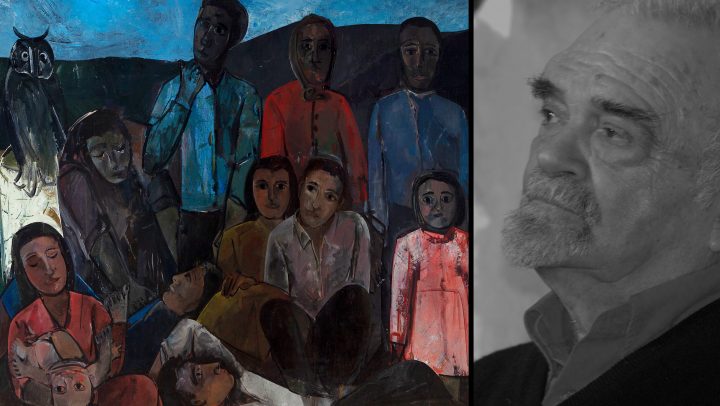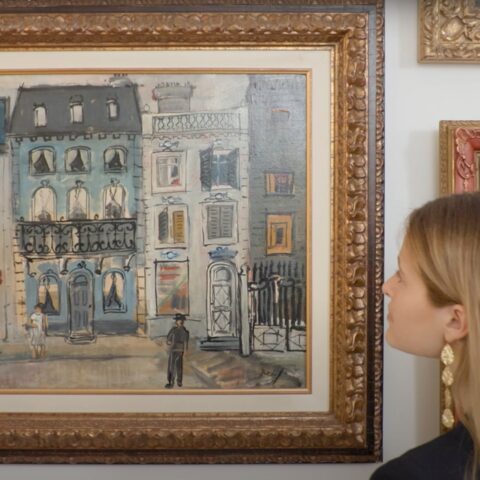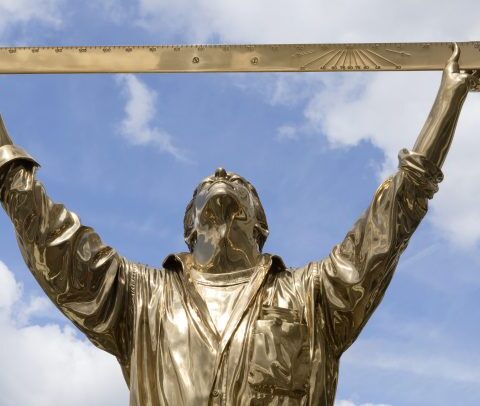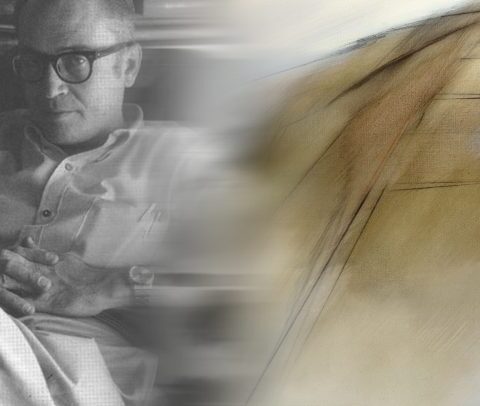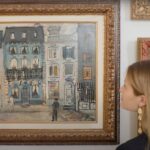What was one of the last figurative paintings by Josep Guinovart stars in our next contemporary art auction, becoming one of the rare occasions in which his earliest creative period bursts into the market with an important work.
Josep Guinovart’s artistic legacy has transcended time as one of the great references of the Catalan avant-garde of the second half of the 20th century. His intense career bears the mark of the nonconformist spirit that characterized a whole generation of artists marked by a conflictive historical context that, as a catalyst, opened the way to new artistic horizons. With the end of World War II and guided by the absolute freedom of his creative impulse, Guinovart reflected in art the need and commitment to build a new world on the ashes of the previous one.
The richness and unclassifiable nature of his creation transpires throughout a trajectory that, despite entering fully into abstraction, was forged under radically different beginnings rooted in the figurative expressionist tradition. In this sense, the monumental work in tender is undoubtedly a paradigmatic example of this creative stage.
After the 40’s marked by a work of magicist character and great lyricism, Guinovart enters in the 50’s in a particular figurative expressionism in which, through a plastic schematism of clear socio-political intention, he will base the deep commitment to reality that will mark his work. In this sense, rural and peasant life will acquire a great prominence, deeply linked to the childhood memories and rural life he experienced in Agramunt, until remaining since then and forever in the most intimate and personal creative imagination of the artist.
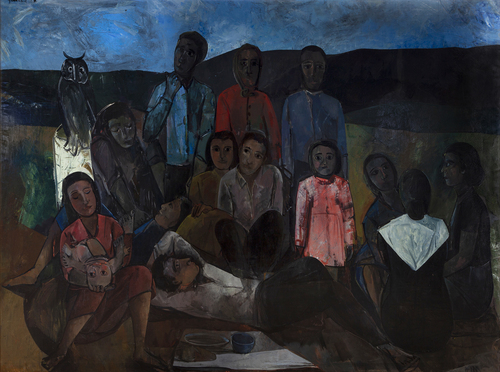
In this new “peasant” phase we see how Guinovart deploys a painting of great restraint and a certain solemnity in which, through the solidity of the forms and the hieratism of the faces, the artist dignifies the figure of the peasant, charging the work with a political content in which social awareness and commitment will be an indivisible part of his career. However, the bluish tones that bathe this rural night scene together with the presence of the owl, which will reappear in his later works, imbue the work with a certain symbolic character that is extremely magical and evocative.
Hand in hand with Guinovart, art and life flow indivisibly, feeding each other back to show us the most genuine and sincere vision of the world that surrounded him. As his great friend and teacher Joan Miro said, “strength comes from the earth” and it was there where Guinovart found the original source of an overflowing creative torrent, decisive in the evolution of the avant-garde in our country. His work has transcended time as a true ode to life, whose depth and sensitivity can only be reached by those who, like him, lived and painted under the dictates of the strong commitment they acquired with their time, but also with their own convictions and origin.

